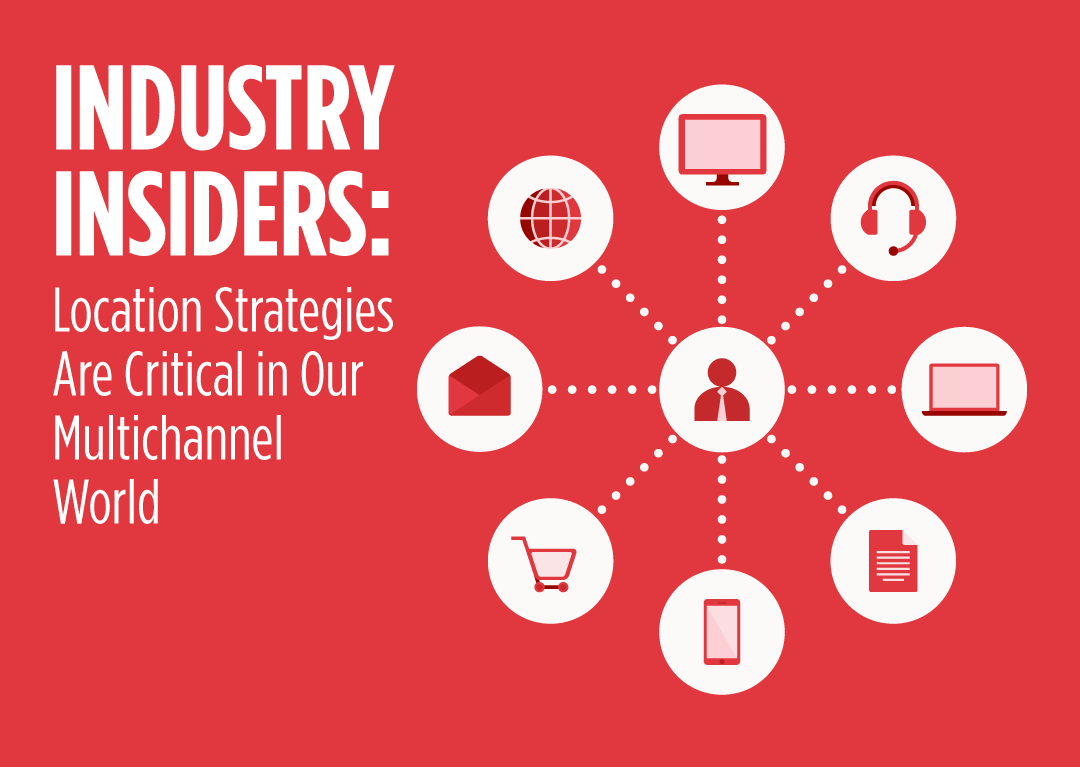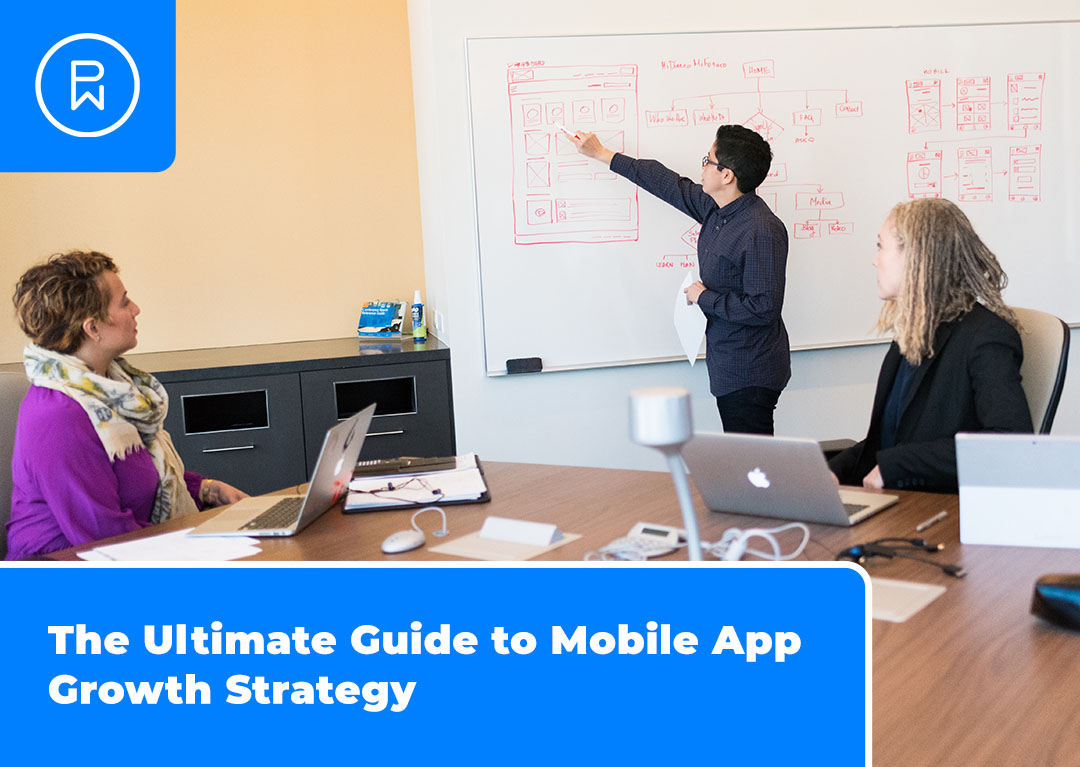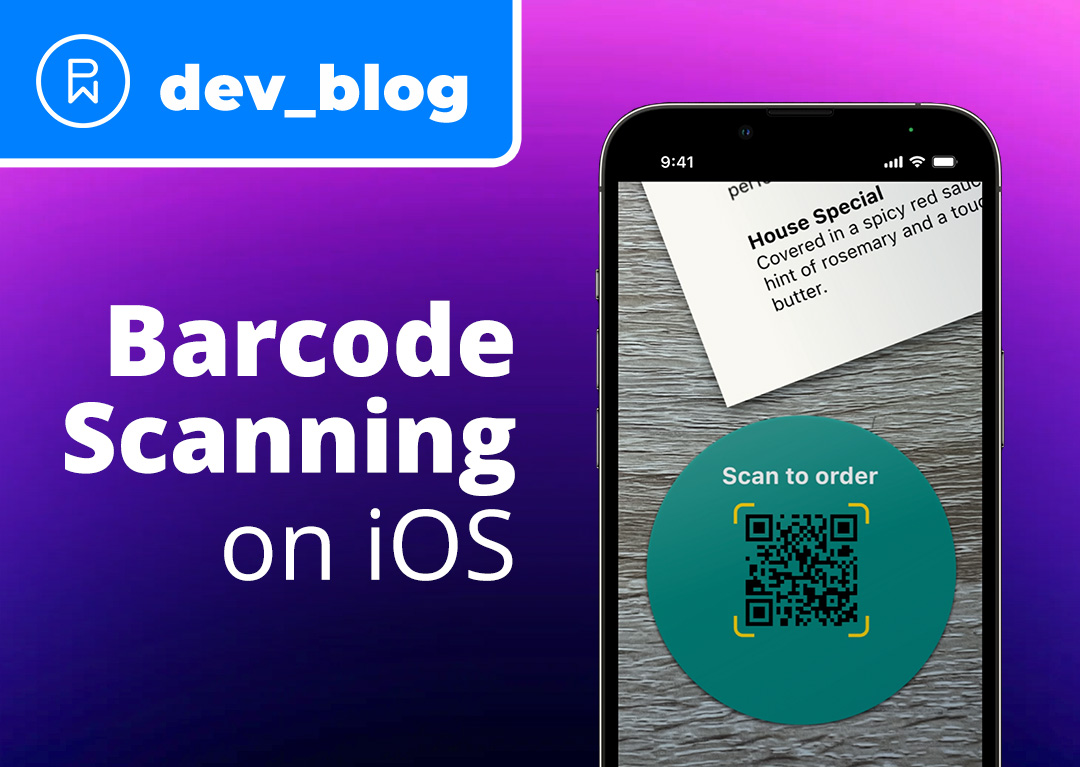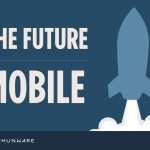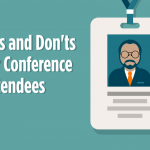We’ve talked a lot on our blog about how location-based services can drive both intent and conversion—and how brands can leverage location to influence the entire customer journey. For many industry leaders, in fact, location-enabled technology is the keystone of user engagement. Let’s explore why that is and four location-related considerations for more targeted mobile interactions.
Why Location Technology Is Critical to Multichannel Marketing
For many brands today, multichannel / omnichannel is the name of the game. They are scrambling to engage consumers as they move back and forth between the digital and physical worlds and across mobile apps, owned websites, partner apps / websites and social media.
As eConsultancy put it, “Today’s customer is operating across multiple channels, devices and networks, making the simplistic linear customer journey an outdated concept.” Yet, according to a BlueVenn survey, more than 70% of US and UK companies have yet to connect channels for an omnichannel customer experience.
Location is a critical part of the multichannel customer experience because it enables the delivery of a tailored mobile message within the user’s daily context—e.g., near a competitor, near the stadium on Super Bowl Sunday, at home in the evening, etc.
Another eConsultancy report found that fewer than 50% of North American marketers say they have the capabilities to:
- Understand their customers’ typical cross-channel behaviors,
- Deliver dynamic content across digital formats in response to user behaviors, or
- Understand users’ cross-device buying journeys
The right location solutions could help these marketers crack the code on what omnichannel customers do, why they do it and how to reach them throughout their buying journey.
Four Considerations for Contextual Mobile Engagement
When it comes to personalization, it’s important to target consumers and drive experiences based on a broader suite of contextual signals—not just location and demographics, but also the time of day, the weather, past behaviors, current events and much more. For example, if I’m a fitness brand, I might want to factor in the weather in different parts of the country, upcoming races in specific areas, whether my target has stopped by the gym lately, and the typical time of day in which my target is active (i.e., not at work or asleep).
It all boils down to smarter, richer, more relevant engagement.
Here are four things to consider when creating full-context engagement:
- Who users are: demographics, likely occupation, likely parent (or not), etc.
- What they do: frequently visited locations, past shopping behavior, etc.
- What’s happening: time of day, day of the week, weather, events, etc.
- Where they are: current location, what’s nearby, typical travel patterns, etc.
Looking for more about the role of location tech in a multichannel world—and how to harness mobile for richer, more contextual engagement? Download our eBook, Mobile Data: The Missing Link in Your User Acquisition and Engagement Strategies.


